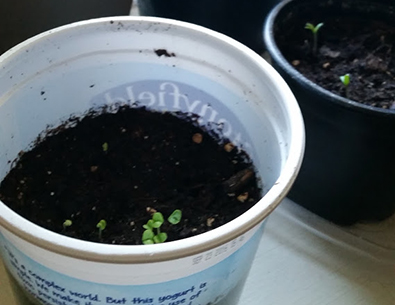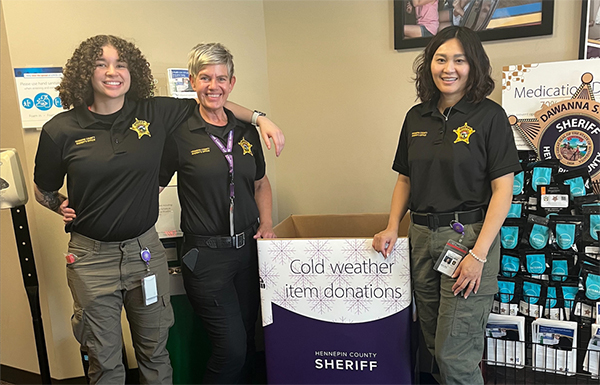If you’re trying to cut down on the amount of waste you generate, food packaging is a major category of waste to avoid. Growing your own vegetables and herbs reduces waste like plastic wrap, plastic clamshells, and produce stickers. And if you start from seed, you can eliminate other inputs like non-recyclable planting trays.
For the best results, do a bit of pre-planning in the winter on what you can grow and where to get supplies. This also gives you an excuse to think about things green and growing as we reach the end of our tolerance for winter.
What to plant
When deciding what you will grow, take into account the physical needs of the plants you are considering. Think about if you have enough yard space or if you’ll need to plant in containers. Also consider where you have enough sunlight. And if you are new to gardening, choose vegetables you already know you like.
Some seeds are “direct sow,” meaning you start them outdoors, while others should be started earlier indoors and transplanted later on. Reference a planting scheduleor seed starting calculator to give yourself an idea of the times to start different vegetables.
Once you have decided what you can grow, the next step is figuring out what you need to plant each of your selections.
How to plan
Whether you’re starting plants that will grow outdoors or establishing ones that will remain in pots, you need growing medium and containers. You can get soil and compost in bulk from many garden or landscape centers. Try to find secondhand pots and planters for cheap or free by checking with friends, neighbors, on NextDoor, or on Facebook plant swap sites. Old plates, platters, or even old frying pans make effective pot trays.
When you’re ready to start planting, the seed packet is your invaluable source of information. Make sure you follow directions for planting depth, spacing, and other growth requirements like light and water. Many root vegetables like carrots, beets, and radishes can be planted directly in the ground and do not transplant well. Others you may start indoors.
Starting seeds early
Minnesota summers are short, and some plants need extra growing time to get a good harvest. You can either start seeds indoors or use a method called winter sowing.
To start seeds indoors, reuse small containers like egg cartons, yogurt cups or old seed trays and fill them with a rich potting soil or seed starting mix. Be sure to follow the seed packet instructions for planting. Some easy plants to begin indoors are tomatoes, cucumbers, peppers, and herbs, while root vegetables do not transplant as well.
Once seeds have sprouted, a sunny south-facing window is a good place to keep them as long as it isn’t cold or drafty. Seeds and young plants are sensitive, so don’t let the soil dry out or get too hot or cold! You may want to consider a growing light to prevent seedlings from getting tall and spindly.
Winter sowing is a low-effort early planting method that involves creating a mini greenhouse effect and letting seeds start themselves outdoors when conditions are right. You can use clear containers like milk jugs filled partway with soil. Add seeds and water, and set them outside, even directly in the snow. Cold crops like collards, kale and spinach can typically be started as early as February.
Transplanting seedlings
When your seedlings have produced two or more pairs of leaves, they are ready to transplant to a bigger container or outdoors. Be careful not to make the transition too quickly. Seedlings grown indoors must be hardened off, which means gradually introducing them to the conditions outside, while winter-sown seedlings are ready to plant. Space them far enough apart in your garden so that they have room to grow.
Growing your own vegetables from seed is a good way to take the process into your own hands and reduce waste. If you want more detail, the UMN Extension programis a good resource, and you can always ask a Master Gardener for advice.

